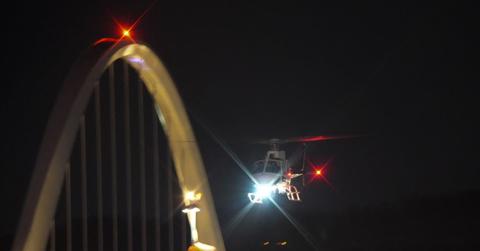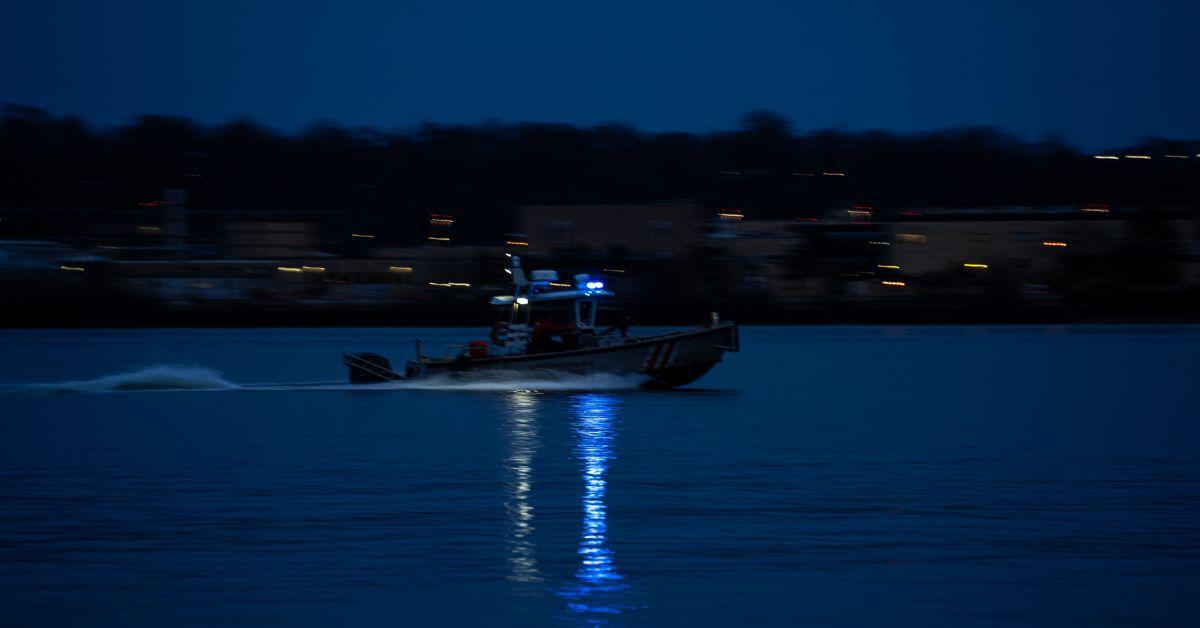We're Learning More About the Miscommunication That Led to the Washington Crash
The helicopter pilot communicated about the plane in the moments leading up to the crash.
Published Jan. 31 2025, 11:52 a.m. ET

As the investigation into the mid-air collision between a Black Hawk helicopter and an American Airlines flight continues, many want to know more about the miscommunication that appears to have led to the crash. We now know that the helicopter could see the flight in its path, but that's not the full story.
The helicopter pilot used the phrase "PAT 25" in the lead up to the collision. Here's what we know about what that phrase means and why it was deployed.

What does PAT 25 mean in a helicopter?
While we still don't have a full picture of what caused the crash, what we do know is that an air traffic controller asked the pilot of the helicopter to confirm that he could see the passenger set in his flight path. The controller then asked the helicopter pilot to fly behind the jet, but just 30 seconds later, the two aircrafts collided.
"Traffic just south of the Woodrow Bridge, a CRJ, it's 1,200 feet setting up for Runway 33," the controller said, referring to the commercial flight.
"PAT 25, has the traffic in sight, request visual separation," the helicopter responded. PAT 25 is the helicopter referring to itself as a form of identification, and the rest of the message makes it clear that the pilot was aware that a plane was in his path.
The same message was repeated 40 seconds after it first came through, with the controller requesting that the helicopter fly behind the aircraft.
What does "request visual separation" mean?
Following the PAT 25 phrase, the pilot requests visual separation. This means that he is requesting permission from air traffic control to create distance between the helicopter and the plane. That request was granted, but it's unclear why the pilot didn't ultimately get the separation that was needed.
Clearly, though, the pilot's intention was to avoid getting close to the plane.
WUSA9 spoke with Todd Yeary, an air traffic controller who worked in Chicago on 9/11. Yeary explained that it can be hard for aircraft to spot one another at night, which is why planes have beacons on the top and bottom of them. When a plane is in descent, though, it can be difficult to make that beacon out against the backdrop of a city awash in light.
"If you pick up the beacon ... Can you keep it in your sights? Because remember, it's not just stationary, this airplane's moving," Yeary explained.
Typically, there is a separate controller for planes and helicopters working together in a shared booth. On the day of the crash, though, there was only one controller working both jobs.
Yeary explained that that's not necessarily uncommon, though, and that staffing often waxes and wanes over the course of the day based on need. What's clear, though, is that there was already a nationwide shortage of air traffic controllers prior to the Trump administration's arrival in office, which has incentivized even more departures.